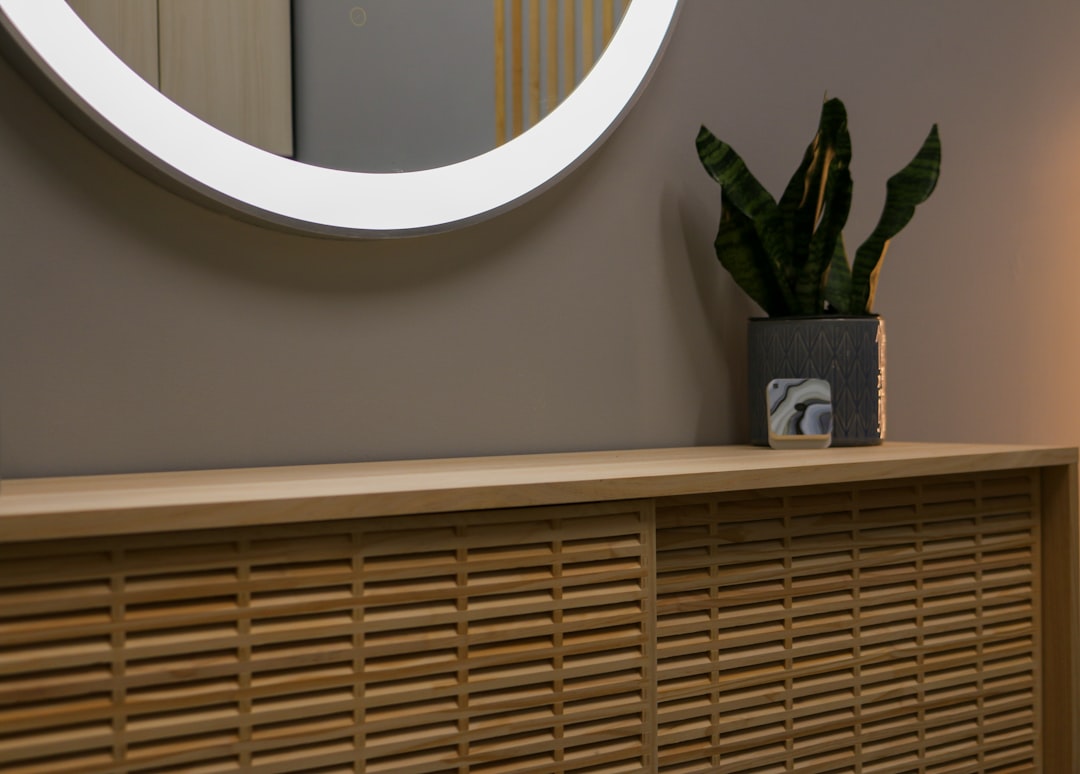It can be difficult to maintain a clean and dry bed, especially for those who experience incontinence issues or have young children who wet the bed. Fortunately, there is a simple solution to this problem: disposable bed pads.
Disposable bed pads are absorbent pads that can be placed on top of a mattress or under a person to protect against leaks or spills. They are typically made of multiple layers of absorbent materials such as fluff pulp, superabsorbent polymers, and tissue paper, which work together to quickly pull moisture away from the surface and trap it inside.
Using disposable bed pads is easy. Simply lay the pad down on the bed, making sure that the absorbent side is facing up. Then, place the person or child on top of the pad. If the person is wearing incontinence briefs, the pad can be placed directly underneath the briefs for extra protection.
One of the benefits of using disposable bed pads is that they are hygienic. Because they can be thrown away after use, there is no need to worry about washing and disinfecting them. This is particularly important for individuals who have compromised immune systems or are susceptible to infections.
Another benefit of disposable bed pads is that they are convenient. They come in a range of sizes and absorbencies, making it easy to find the right pad for your needs. They are also lightweight and easy to transport, so you can take them with you when you travel or stay at someone else’s home.
Disposable bed pads are also cost-effective. Instead of having to purchase expensive waterproof bedding or constantly replace regular bedding that has been soiled, you can simply use a disposable pad and throw it away when you’re done. This can be especially helpful for those on a tight budget or for families with multiple children who are potty training.
If you are considering using disposable bed pads, there are a few things to keep in mind. First, make sure to choose a pad that is the right size for your bed. A pad that is too small may not provide adequate coverage, while one that is too large may be too cumbersome.
Second, consider the absorbency level of the pad. If you or your loved one experiences heavy leakage, you will want to choose a pad with a higher absorbency level. However, if the leakage is light, a pad with a lower absorbency level may be sufficient.
Third, be sure to dispose of the used pad properly. You should never flush disposable bed pads down the toilet, as they can cause plumbing issues. Instead, wrap the used pad in a plastic bag before throwing it away.
Finally, keep in mind that disposable bed pads are not a substitute for medical treatment. If you or a loved one is experiencing incontinence issues, it is important to speak with a healthcare provider to determine the underlying cause and develop an appropriate treatment plan.
Disposable bed pads can be a convenient and cost-effective solution for those who struggle with maintaining a clean and dry bed. By choosing the right size and absorbency level and properly disposing of used pads, you can ensure that you and your loved ones stay comfortable and dry throughout the night.








